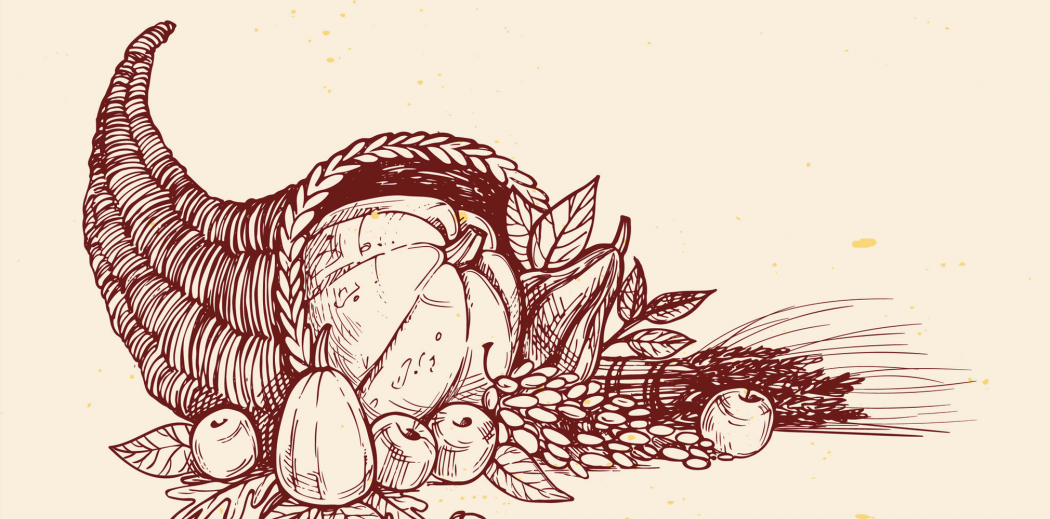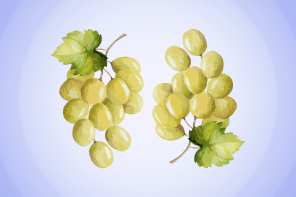For years, I couldn’t remember the name of the cornucopia. You know, that huge, long basket that is always filled with fruits and vegetables, essentially the whole bounty of harvest. The only thing I knew was that it always showed up sometime around Thanksgiving. When I was younger I would struggle to define it to adults in search of an answer. Failing most times because even the adults couldn’t understand my lackluster description, but even more so because they had no idea what it was called either.
However, it turns out I was spot on with my description of the cornucopia as a symbol to depict harvest. The cornucopia was said to be started by the Greeks and that woven basket wasn’t a basket but instead a “magical” horn.
In Greek mythology – and there are a few variations of this story – it is said that Zeus broke that horn off of an enchanted she-goat. Once the horn broke, the she-goat poured a never-ending supply of milk from the horn. Other tales say that whoever owns the horn has the power to fill it with whatever they want. Thus, the horn was established as a source of wealth and nourishment.
Another story involves Hercules and a feud he had with Achelous. The two were competing for the love of Dejanira, and because Achelous was a shapeshifter he turned into a bull during the fight. Hercules ripped off one of his horns and in turn, the river changed course. As a result, water nymphs came upon the horn, and revered it as a sacred object, filling it with flowers. Later, Copia the god of plenty, owned the horn.
The horn began to be associated with many mythical gods and goddesses like Demeter, Dionysis, Abundantia, Fortuna and Copia through the Greek myths involving prosperity, nourishment and harvest. As time went on and “the horn a plenty” took a formal name with latin roots. The name “Copia” for “plenty” was attached with “Cornu” meaning “horn” to become cornucopia.
Now in modern times, the horn has a place outside the American associations with harvest and Thanksgiving. The image appears on the state flag of Idaho and the coats of arms for Panama, Columbia, Peru and Venezuela to symbolize prosperity.
Today, if a table is fashioned with a cornucopia for the holidays, it likely won’t be a real a goat horn, but instead that familiar woven basket filled with a bounty. And, whether the horn is on a flag or on a table, its symbolism will always stay the same – to honor wealth, prosperity and harvest as we celebrate holidays with feasts of food and grape harvests at vineyards year after year.








